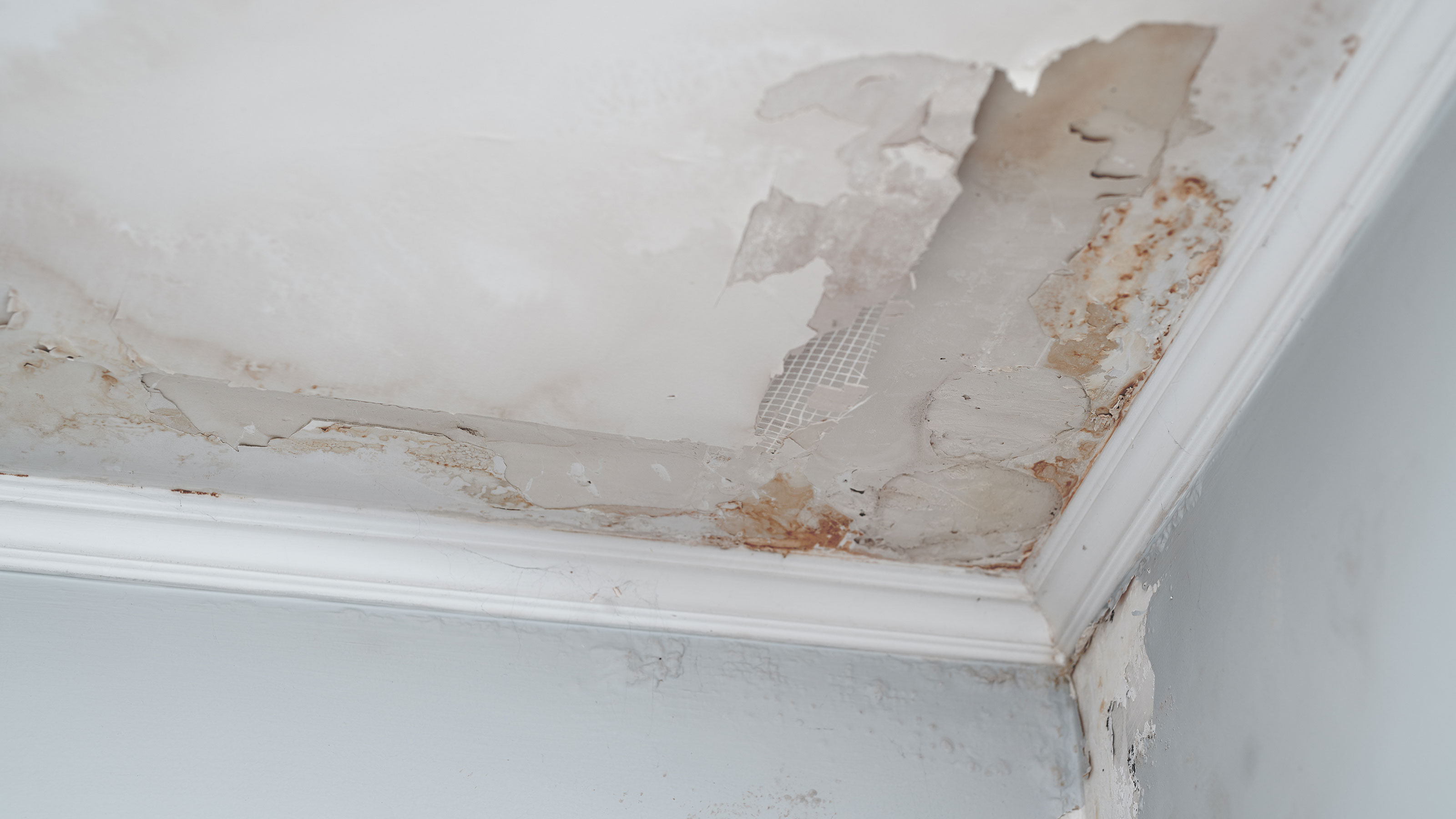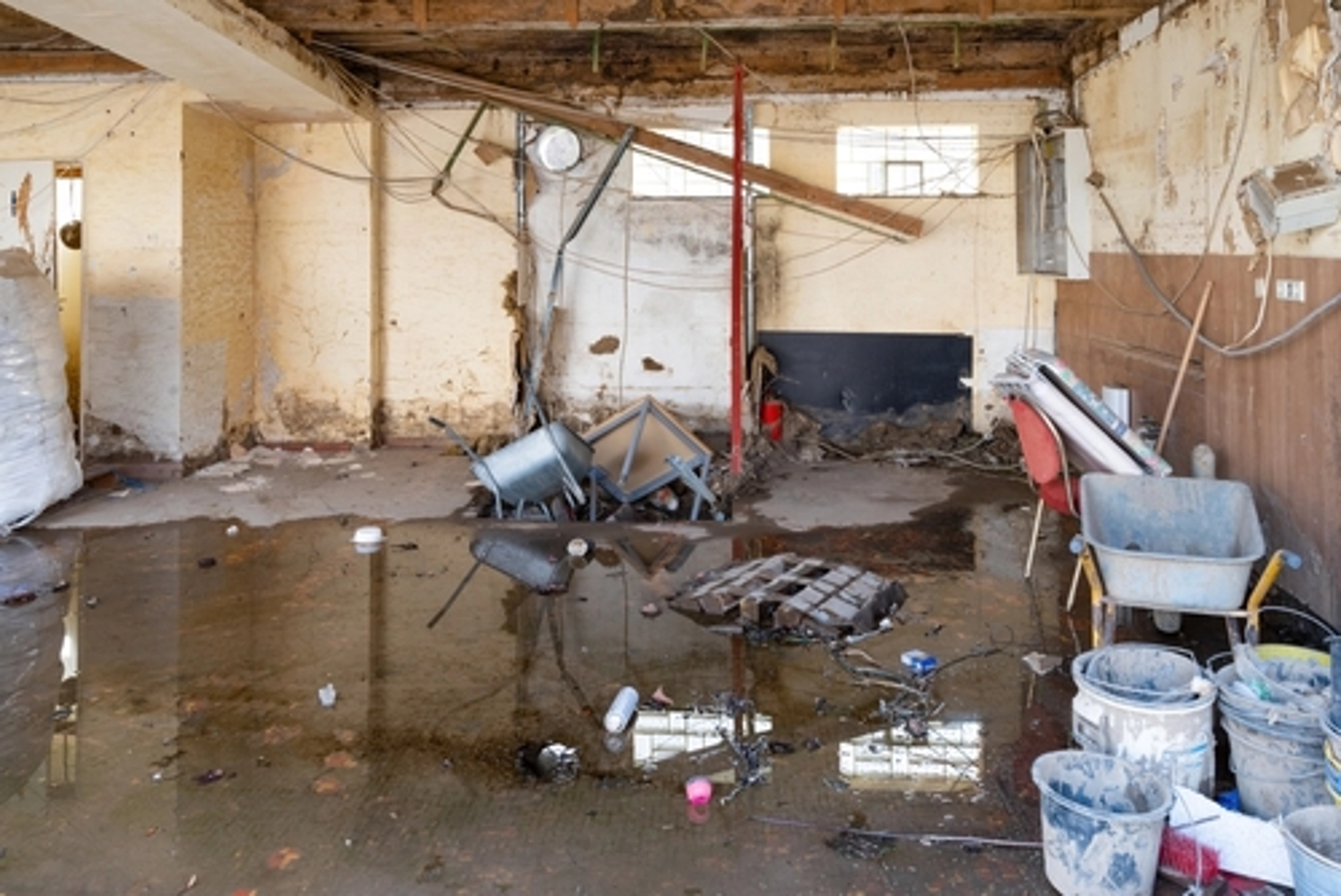Trusted Water Damage Cleanup Services to Restore Your Home’s Safety and Comfort
Trusted Water Damage Cleanup Services to Restore Your Home’s Safety and Comfort
Blog Article
The Process of Water Damages Cleaning: Guaranteeing Your Home Is Brought Back Successfully
Water damages can be a daunting obstacle for house owners, requiring a thorough and structured cleaning process to recover security and capability. A detailed assessment is critical to identify the level of the damage and identify the appropriate removal steps. Following this, effective water removal techniques play an essential duty in reducing additional harm. The subtleties of drying, sanitizing, and ultimate repair are similarly essential and usually neglected. Understanding these phases can make a considerable distinction in the result of your home's reconstruction, motivating a closer appearance at what each action involves.
Examining the Damages
Upon finding water damages, the very first step is to extensively analyze the extent of the impact. This preliminary assessment is critical, as it helps determine the essential actions for effective clean-up and reconstruction. Begin by checking the influenced areas, consisting of wall surfaces, ceilings, floors, and individual items, to recognize the source of the water invasion, whether from flooding, leakages, or condensation.
Documenting the damage is crucial for both insurance policy claims and preparing reconstruction initiatives - damage restoration services. Use photographs and composed notes to capture the intensity of the damages, noting any affected architectural aspects and materials. Pay unique attention to areas that might not be promptly visible, such as behind wall surfaces and under carpetings, as concealed moisture can result in additional issues, consisting of mold and mildew development
In addition, analyze the timeline of the water direct exposure. Eventually, a detailed evaluation lays the foundation for a successful water damages cleanup process, making sure that all impacted areas are addressed successfully and completely.
Water Extraction Techniques

Specialists typically utilize submersible pumps for bigger quantities of water, which can rapidly minimize flooding in basements or various other impacted areas. For smaller sized amounts, wet/dry vacuum cleaners are commonly used to remove residual wetness from carpetings and difficult surfaces. Furthermore, utilizing portable extractors permits targeted removal in confined areas or locations with fragile products.
In instances of contaminated water, such as sewage or floodwater, progressed removal strategies might involve the usage of biohazard equipment to ensure security and compliance with health and wellness regulations. High-powered extraction tools are important in minimizing water retention in architectural materials, which can lead to mold and mildew development and architectural deterioration otherwise attended to quickly.
Eventually, the efficiency of water extraction methods plays a critical role in the overall success of the water damages cleanup process, preparing for succeeding repair initiatives.
Drying and Dehumidification
When standing water has actually been effectively removed, the next critical stage in the water damages clean-up process is drying and dehumidification. This action is vital to stop additional damage and mold and mildew growth, which can occur within 24 to two days in wet atmospheres.
To attain reliable drying, specialized tools such as industrial-grade air movers and dehumidifiers is used. Air movers flow air throughout wet surfaces, improving dissipation rates, while dehumidifiers decrease moisture degrees in the air, advertising a helpful environment for drying. The mix of these tools guarantees that dampness is extracted from floors, home furnishings, and wall surfaces, permitting them to dry extensively.
It is essential to keep an eye on the drying out procedure carefully. Experts commonly make use of dampness meters to assess the wetness material in different materials, making sure that all affected locations get to appropriate dryness degrees. This thorough technique aids to avoid surprise wetness pockets that might result in structural damages or unhealthy resource mold development.

Cleaning and Sterilizing
After the drying out and dehumidification phase is total, the next crucial action in water damages clean-up is cleansing and sterilizing the affected areas. This process is important to stop the growth of mold, bacteria, and various other pathogens that grow in moist settings.
The cleansing phase normally entails getting rid of any type of particles, dust, and pollutants from surfaces making use of specialized cleansing agents. For hard surfaces, a combination of soap and water or commercial cleansing items is typically employed. Soft products, such as furniture and carpets, may call for more comprehensive cleansing techniques, including heavy steam cleaning or deep removal strategies, to guarantee comprehensive cleanliness.

Disinfecting follows cleaning, making use of EPA-approved anti-bacterials to eliminate unsafe microorganisms. This step is essential, especially in areas that might have come right into call with floodwaters or sewage, as these sources can pose major health and wellness risks.
Furthermore, it is essential to address any type of staying smells, which may need the usage of smell neutralizers or advanced strategies like ozone therapy. Correct cleansing and sterilizing not only restore the safety and health of your home yet likewise lay the foundation for successful reconstruction and repair work in subsequent stages of the water damage clean-up process.
Restoration and Fixings

When the analysis is total, repair efforts can start. This normally entails fixing or replacing broken products, ensuring that all work complies with regional building ordinance and criteria. If drywall has been compromised, it will certainly require to be gotten rid of and changed with new material. Additionally, flooring might require similar focus, relying on the degree of water exposure.
It is critical to involve knowledgeable reconstruction professionals throughout this procedure, as they have the knowledge to deal with complex fixings efficiently. Moreover, they can aid minimize prospective future issues, such as mold and mildew development or architectural instability, thus making certain a risk-free and habitable living setting. Ultimately, reliable reconstruction and repair services restore the home's stability and enhance its overall worth.
Conclusion
To conclude, the process of water damages cleanup is vital for bring back a home to its pre-damage condition. Each stage, from assessing the damages to carrying out efficient water extraction strategies, complied with by thorough drying, sanitizing, and essential repair services, plays an important role in guaranteeing safety and conformity with building requirements. Effective execution of these steps not just minimizes prompt damage yet additionally enhances the lasting integrity and worth of the water damage repair estimate building.
Water damage can be a challenging difficulty for house owners, necessitating a meticulous and organized cleaning process to recover safety informative post and security and functionality. Ultimately, a comprehensive analysis lays the groundwork for an effective water damage clean-up process, guaranteeing that all affected areas are dealt with effectively and extensively.
Efficient water removal strategies are necessary in mitigating damages and stopping more difficulties complying with a water intrusion occasion.In conclusion, the procedure of water damage cleaning is important for bring back a home to its pre-damage condition. Each stage, from analyzing the damages to implementing efficient water extraction techniques, complied with by comprehensive drying out, sanitizing, and necessary repairs, plays a necessary duty in making certain security and conformity with building standards.
Report this page